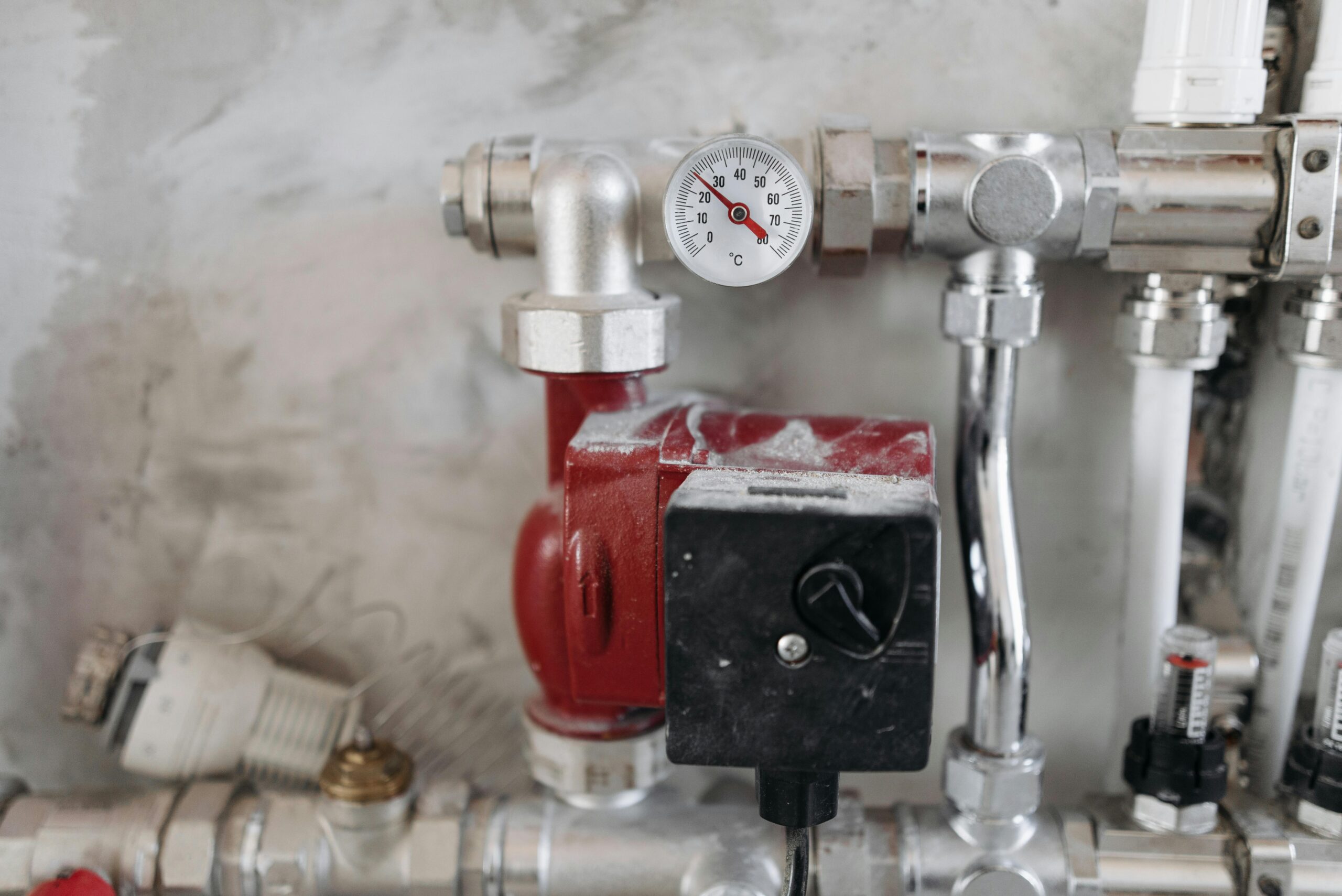A properly functioning sump pump is your first line of defense against basement flooding, potentially saving you thousands of dollars in water damage repairs. Regular maintenance ensures your system works when you need it most – during heavy rains or rapid snowmelt. This comprehensive guide covers essential sump pump maintenance techniques, troubleshooting common problems, and testing procedures to keep your basement dry year-round, along with information on battery backup options for added protection during power outages.
Understanding Your Sump Pump System
Your sump pump system consists of a pit (the sump), a pump, and discharge pipes that direct water away from your home’s foundation. When groundwater levels rise, water flows into the sump pit, activating the pump which then expels the water outside. Most residential properties utilize either a submersible pump that sits inside the pit or a pedestal pump with the motor positioned above the pit. Before embarking on any maintenance task, it’s important to understand which type you have as maintenance approaches may vary slightly. Additionally, knowing your pump’s age and capacity helps determine when replacement might be necessary, typically every 7-10 years depending on usage frequency and water conditions.
Essential Sump Pump Maintenance Checklist
Developing a regular sump pump maintenance checklist is crucial for preventing basement flooding. Start with quarterly inspections, increasing to monthly during rainy seasons. Begin by removing the sump pump cover and checking for debris such as dirt, gravel, or children’s toys that may have fallen in. These can clog the pump intake and reduce efficiency or cause complete failure. Next, clean the pump inlet screen which prevents larger debris from entering the mechanism. The float switch, which activates the pump when water rises, should move freely without obstruction. Ensure the check valve is functioning properly to prevent water backflow. Finally, check all electrical connections for signs of corrosion or damage, and confirm the pump is plugged into a GFCI outlet for safety.
Creating a Sump Pump Testing Guide
Following a proper sump pump testing guide ensures your system remains operational. Test your pump at least quarterly by slowly pouring approximately five gallons of water into the sump pit. The float should rise with the water level and activate the pump automatically. Time how long it takes to empty the pit – an efficient pump should remove the water quickly. Listen for unusual noises that might indicate worn bearings or other mechanical issues. For more thorough testing, disconnect the pump and inspect the impeller for damage or blockage. When reconnecting, ensure the pump is level and the float has adequate clearance. If your test reveals slow drainage or unusual operation, it may be time to contact a professional plumber through AskHomey for a more detailed inspection.
Troubleshooting Sump Pump Problems
When troubleshooting sump pump problems, start with the basics. If the pump doesn’t run, check power sources first – ensure it’s plugged in and the circuit breaker hasn’t tripped. For pumps that run but don’t remove water, examine the discharge pipe for clogs or freezing in winter months. A pump that runs continuously may have a stuck float switch or an improperly set float. Unusual noises typically indicate mechanical issues with the impeller or motor bearings. Rapid cycling (turning on and off frequently) often suggests a problem with the check valve or float adjustment. For pumps that run but water remains in the pit, the pump may lack sufficient power or have a partially clogged impeller. Remember that addressing problems promptly prevents more serious flooding issues, and complex mechanical failures should be handled by a qualified plumber.
Battery Backup Sump Pump Systems
Installing a battery backup sump pump provides critical protection during power outages, which often coincide with severe weather events when your primary pump is most needed. These systems automatically engage when power fails or when the primary pump can’t keep up with water volume. Most battery backup systems can run for 24-48 hours on a fully charged battery. When selecting a battery backup system, consider water removal capacity, battery life, and alarm features that alert you to activation. Maintenance for these systems includes testing the backup pump quarterly, checking battery connections for corrosion, and replacing the battery every 2-5 years depending on the manufacturer’s recommendations. The peace of mind a backup system provides far outweighs the installation cost, especially in flood-prone areas with unreliable power.
Seasonal Considerations for Sump Pump Care
Different seasons present unique challenges for sump pump operation. Spring brings increased rainfall and snowmelt, requiring more frequent system checks. Summer thunderstorms can cause power outages, making battery backup systems essential. Fall maintenance should include clearing discharge lines of leaves and debris. Winter presents freezing risks – insulate exterior discharge pipes and consider installing a freeze guard to prevent blockages. Regardless of season, maintaining proper drainage away from your foundation through gutter maintenance and grading helps prevent excessive strain on your sump pump system.
For more tips and to connect with reliable home service professionals, follow AskHomey on Facebook and Instagram.



